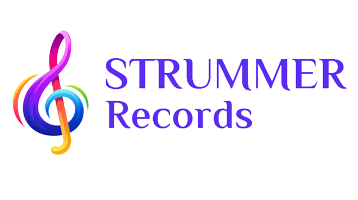Are you a musician? Would you like to become a YouTuber or podcaster? Or, simply, do you need to record a conference or a teacher’s lesson? Recording good quality audio is not as hard as you might think. Today, I’m going to show you everything that you need to know to get you started.
Before You Start
The first factor to consider is the type of project that you are going to undertake. Obviously, recording your guitar and vocals is not the same as capturing audio from a college classroom. In my experience, I have found that the gear that you need is not necessarily the most expensive one, but the one that is right for the job.
Keep in mind that your recording will be as good as the quality of your weakest link in the audio chain. In other words, if you have a super computer with the latest software installed, but you record using a low quality microphone, the result will probably not be as good as expected.
Choose The Right Microphone
As you know, the first piece of equipment that you need is a microphone. They come in different shapes and functionalities. Some are very cheap and others are incredibly expensive. Here’s some practical advice.
If you are going to record using only your computer, choose a microphone that is USB connected. Otherwise, if you own and external audio interface, you can buy the ones that have the traditional balanced connector. For YouTubers and podcasters, the best microphones are large diaphragm USB condensers. They come with short stand that has to be mounted on the desk. Some have an accessory called pop filter, which prevents signal peaks caused by the sounds of explosive consonants, such as “b” and “p”.
If you are a musician, I suggest that you consider buying an external audio interface. This piece of equipment consist in a box with a certain number of audio input slots: balanced, unbalanced and “line”. The analog signal is then converted into digital output and sent to the computer, usually via a USB or Firewire cable. The audio interface comes with a Phantom Power switch, which is used to power condenser microphones. With this gear, you can opt for dynamic or condenser microphones. Some dynamic microphones, such as the Shure SM57, can do wonders on string instruments or drums. As for vocals, it’s always better to opt for a condenser, as they deliver a crisper sound. If you play the electric piano, you can connect it through the “line” input on the interface.
When you have to record in a noisy environment, such as a conference room or a classroom, you can opt for a semi-professional shotgun microphone, for best results. These are the microphones that are used in the broadcasting and news industry, as they can be aimed directly to a sound source. Specially dedicated cancelling side ports will leave out most of the unwanted ambient noise.
Computer Software
There are many free softwares to capture audio. For example, I’m sure most of you have heard about Audacity, which is probably the one of the most downloaded recording audio tools.
Through these softwares, the audio is captured and divided into audio portions called “tracks”. Once you enable “Recording” on a track, you will see that the LED indicator on the left of the track starts moving up and down. This means that the audio signal is present, and it’s modulating. When you click on “Rec”, the recording will start, and you will see the waveform created by the signal forming directly onto the track, in real time.
Once you’re done, press “stop”. Now you are ready to edit (cut portions of audio, add effects), simply by selecting the corresponding command on the menu. Once you’re happy with the result, you can export the audio in different formats, such as AIFF or MP3, and save the created file on your computer.

